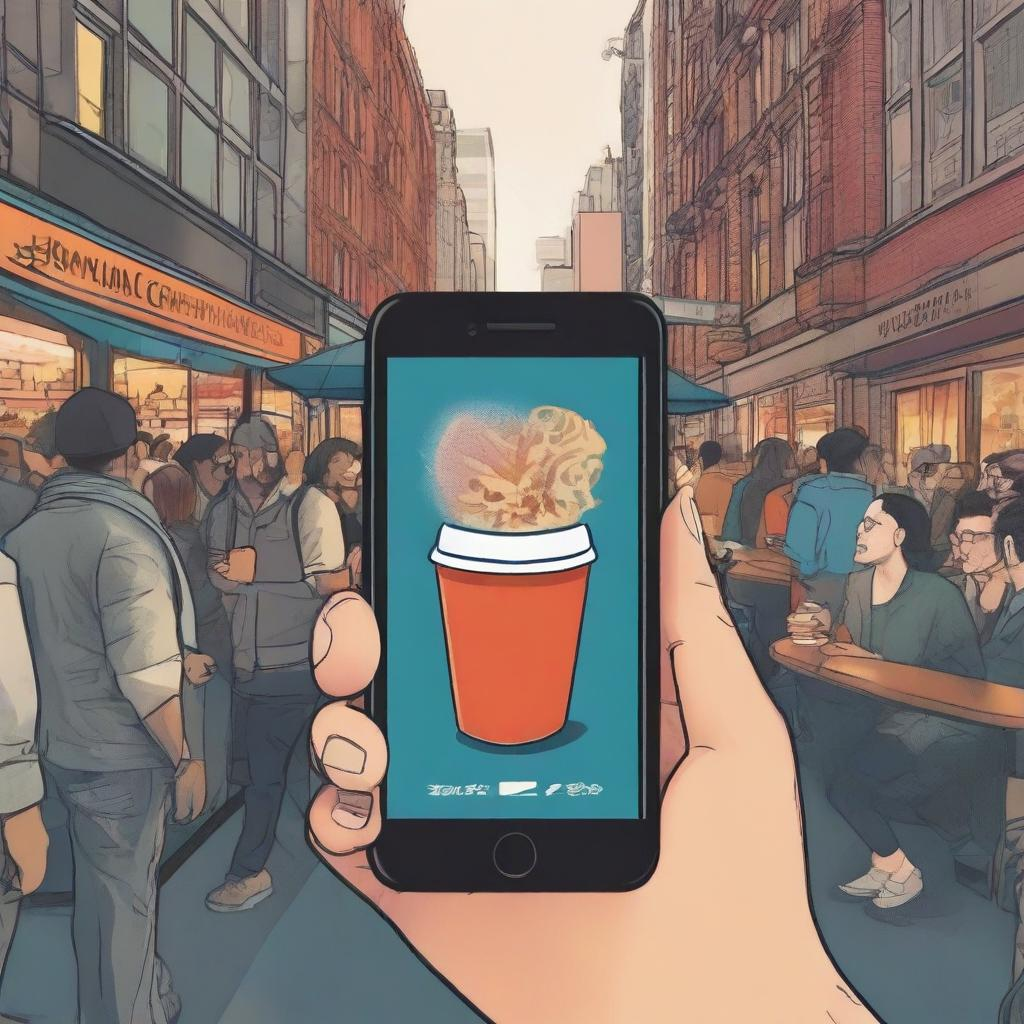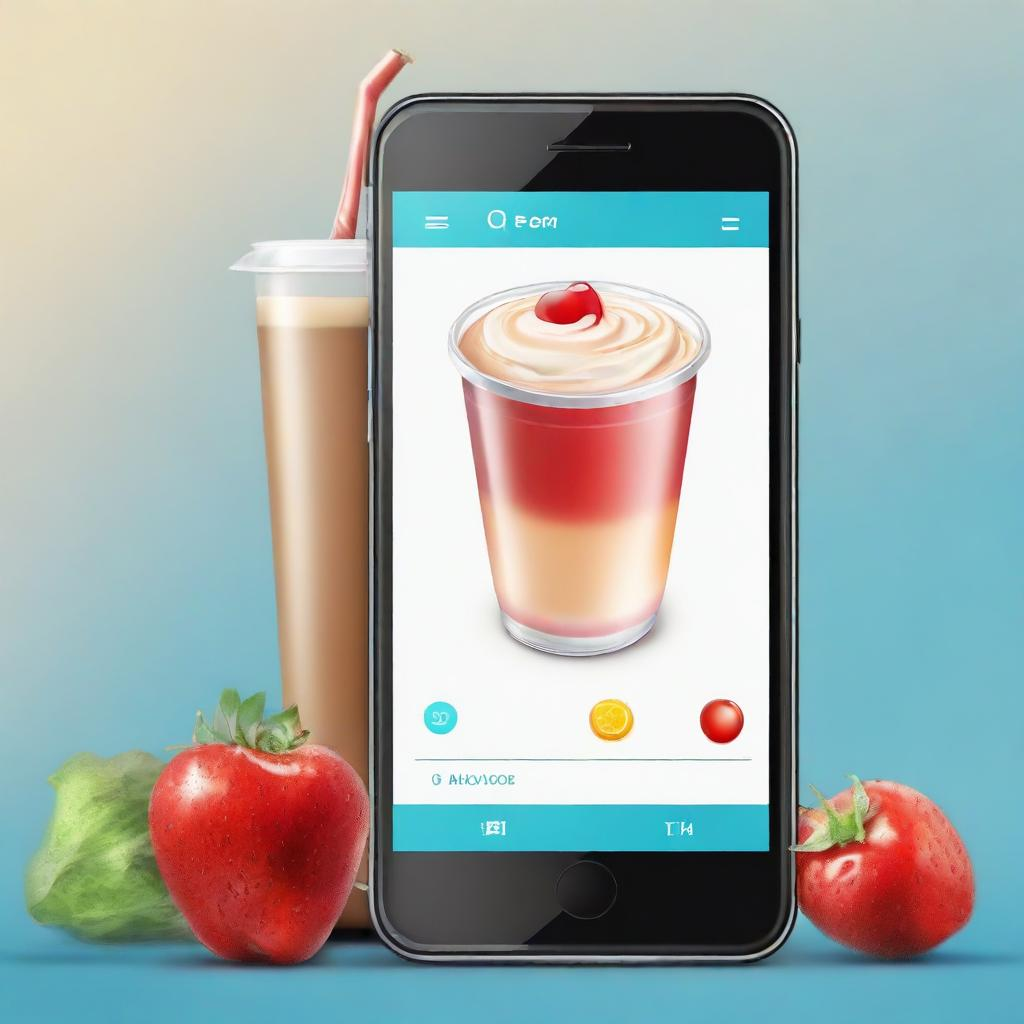Employees across the nation are heading back into offices this season, some for the first time in more than two years. Instead of brewing coffee at home, they will stop by their favorite shops on the way into work. Lunches eaten alone in front of a laptop will make way for midday gatherings, and colleagues everywhere will celebrate the return of office happy hours.
For food and beverage businesses, changes in daily and weekly routines present a big opportunity. The Boston Globe reports that data from Boston-based tech firm ezCater showed a 58% increase in orders between January and February of 2022. ezCater’s chief demand officer Diane Swint told the paper that some firms are actually ordering more than they did before the pandemic to lure workers back: “Companies know that more people show up when food is provided,” she said.
Over the past two years, restaurants have proven they can pivot and adapt to even the most challenging circumstances. This time around, change is all good news—there are just a few key things to do to prepare. Read on, and get ready to serve a crowd.

Meet the current demand
For restaurants accustomed to limited dine-in and takeout service, suddenly serving large groups can be a shock. As Art Campos, a restaurant owner in San Jose, California, told ABC7, “It’s like, not practicing for a while—not doing the job—and then now having to jump in with both feet.”
To start, think small(er). Caterers who used to prep platters for hundreds are now building trays for 10 to 30 people, which may represent a more realistic group size for now. People are also booking further in advance, which can help with planning, budgeting, and expectation setting.
Also, while office catering may have once been a five-day-a-week business, most workers now are only going in a few days a week, and mostly during the middle of the week: Tuesday, Wednesday, and Thursday. (The most popular day in Boston is Wednesday, says Swint.)
Streamline delivery
When it comes to serving a working lunch, solving the delivery puzzle may be the key to success. Restaurant tech reporter Kristen Hawley wrote in a recent edition of her Expedite newsletter, “As anyone who has ever had to fetch a fancy salad in Manhattan can attest, having the fancy salad come to you is simply a better arrangement.”
Hawley was responding to news from the salad giant Sweetgreen, which recently re-launched its Outpost delivery program (paused during the pandemic) to bring orders directly to participating office buildings. In lieu of delivery charges, employers pay a subscription fee that includes free delivery to all employees in the office. With more than 500 delivery locations, Sweetgreen hopes that Outpost will replace the corporate cooks and deluxe kitchens that once served employees of big companies.
Beyond customer convenience, there’s another reason to invest in delivery—loyalty. Daniel Shlossman, chief digital officer at Sweetgreen, told the Wall Street Journal, “The Outpost customer is even more frequent than a digital customer that maybe doesn’t have access to an Outpost.” Analysts say special delivery options can give restaurants a big advantage in an increasingly competitive market.
Grow your network
Even if corporate catering isn’t your bread and butter, there’s a good reason for companies to get on board. Catering is an efficient and effective way to introduce your food to many different people at once—and lots of people will need caterers in the next couple of years, thanks to a boom in long-postponed weddings and celebrations.
For example, Campos told ABC7 that he sees a significant spike in catering interest after corporate events. “The tech giants that I do office stuff for, I also do their baby showers and their weddings,” he says.
In that sense, food and beverage businesses can think of corporate catering as a long-term investment in catering generally, as opportunities for private events will likely follow.
Round out your business
Though the outlook is good for office catering, don’t hedge your whole business on it just yet. It’s better to think of catering as one part of your omnichannel strategy—a complement to in-store dining, retail, ecommerce, and other sales avenues.
For example, the Boston Globe cites one bakery and cafe that moved forward with a catering expansion in 2020, hiring staff, purchasing vans, and entering a larger facility. Then, they waited. That investment is only just now starting to pay off—a big upfront cost that not every business can afford to carry.
Finally, the return to offices will be slow, uneven, and unpredictable. The Wall Street Journal reports that office occupancy is only at 40.6% across 10 major cities in the U.S. Ultimately, no one knows what the future of the workplace holds in the COVID era, or how workers’ routines will continue to evolve, so it’s smart to scale up slowly.

















.svg)




.svg)
.svg)









.png)







.webp)










